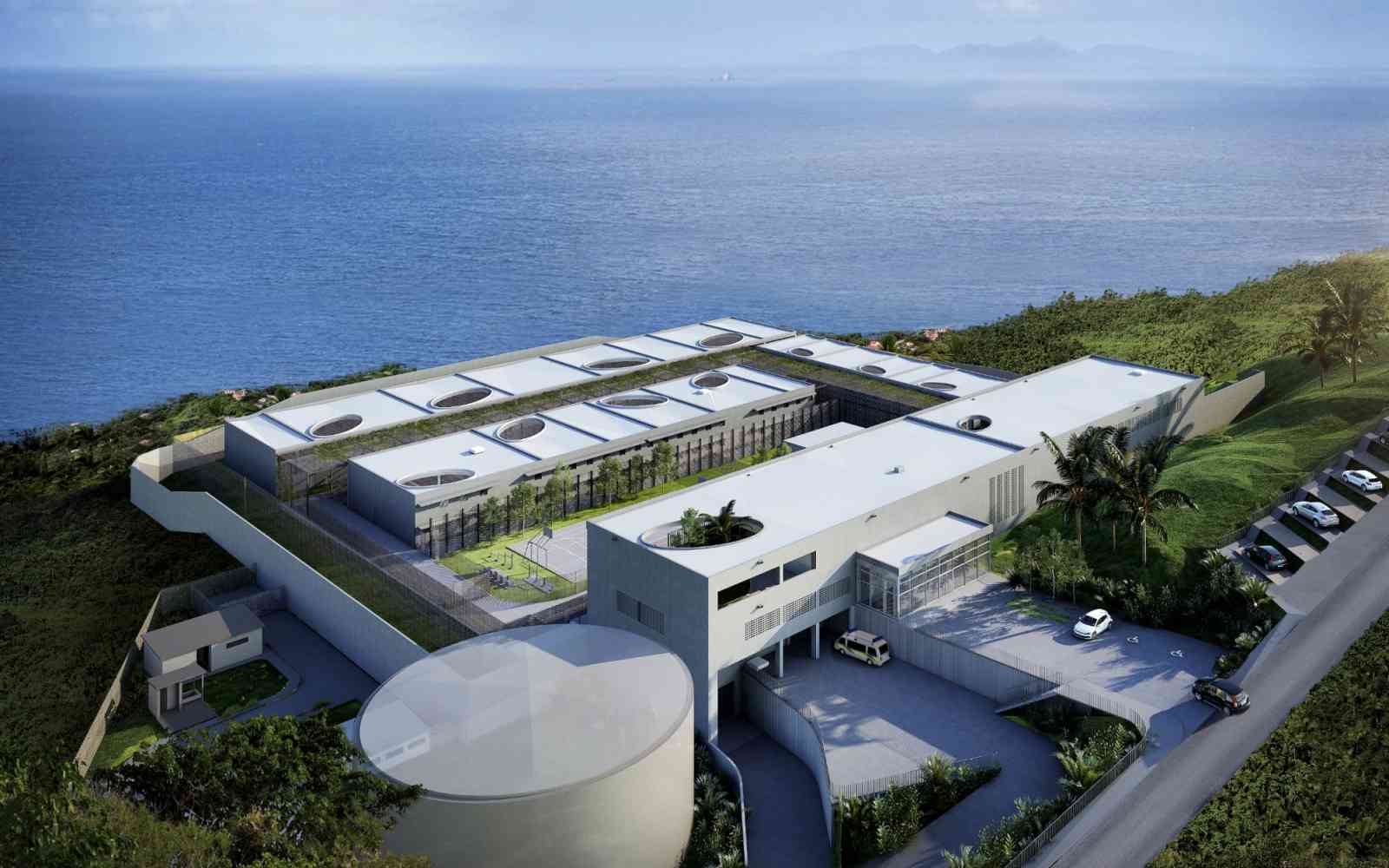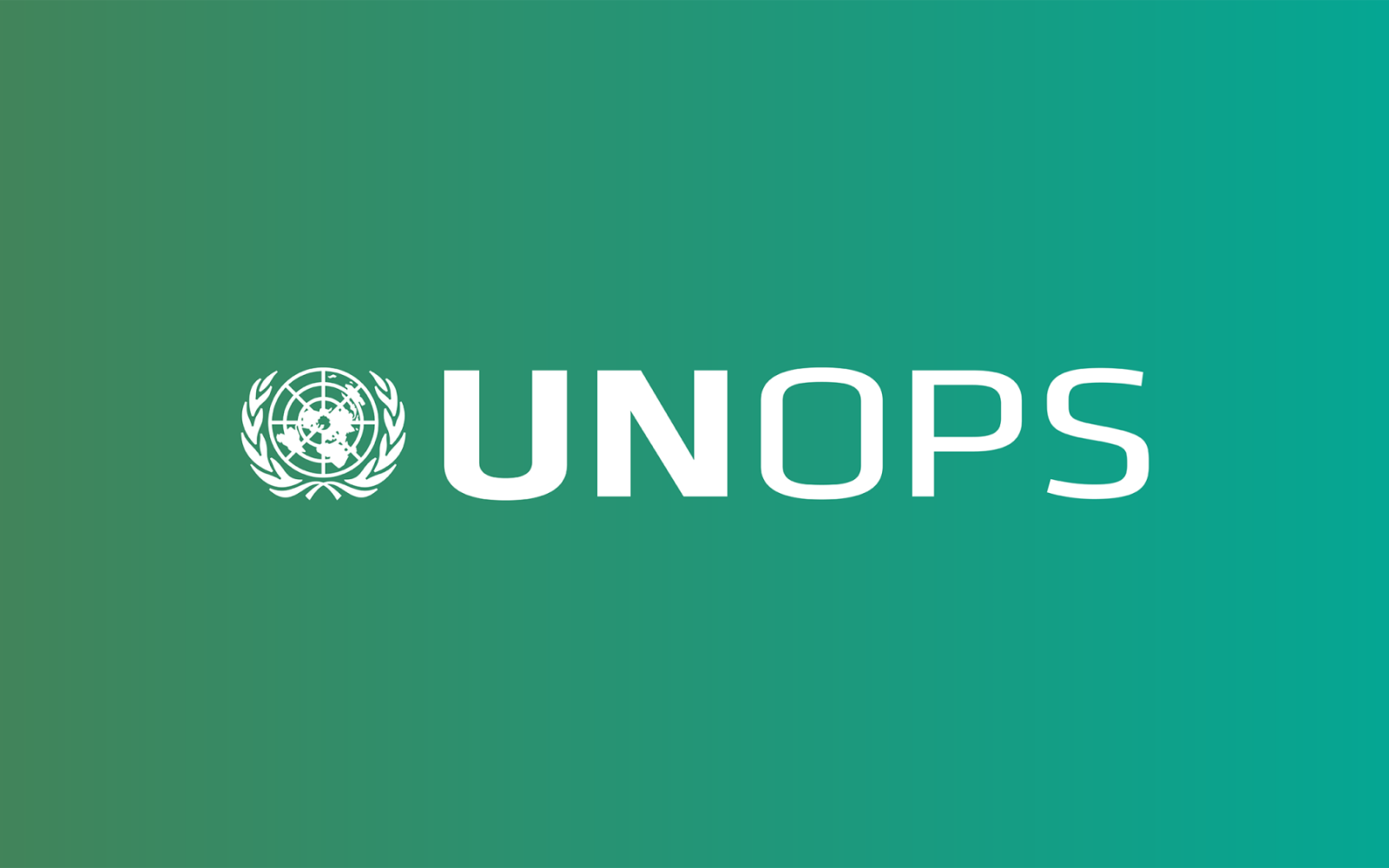The United Nations Office for Project Services (UNOPS)

Rethinking development: Can health centres be power stations?
Renewable energy has long been heralded as the solution for providing hard-to-reach communities with electricity. But how can we ensure that it’s sustainable?
In Sierra Leone, just 13% of the country has access to electricity. In rural areas, that number drops to 1%.
From buying batteries for flashlights to kerosene for lamps to fuel for shared generators, or paying someone else to charge a mobile phone, people in rural areas are already spending up to 9% of their monthly income on power. Village residents are hungry for what limited power exists – and they’re prepared to sacrifice a considerable portion of their limited income to get it.
Renewable energy sources like solar energy have long been seen as the best way to address issues surrounding accessing electricity. But Sierra Leone’s countryside is littered with examples of solar power installations that are no longer functioning – or never functioned properly in the first place.
Solar power is not the simple and quick solution it is often portrayed to be. Designing the most appropriate solar solution for each local area is incredibly complex. But with the right approach, solar power could be a real game changer in encouraging sustainable development through energy access – driving improvements in health services, education and economic activity.
So how to increase access to electricity for the most underserved areas of the country in a sustainable way?
It may be a context specific question, but in Sierra Leone, with the Government and the United Kingdom’s Department for International Development, we are building solar-powered mini-grids, centred on community health centres and operated as commercial enterprises, to supply entire villages with electricity.
From buying batteries for flashlights to kerosene for lamps to fuel for shared generators, or paying someone else to charge a mobile phone, people in rural areas are already spending up to 9% of their monthly income on power.
Lighting up rural Sierra Leone
In rural areas of the country, health centres and a steady flow of electricity are desperately needed.
Difficulty accessing health services – and the difficulties local health centres face providing round-the-clock care without access to a steady source of electricity – contributes to Sierra Leone being a dangerous place to give birth. Expectant mothers have a 1 in 17 chance of dying in childbirth – one of the highest maternal mortality rates in the world.
In a country where many births occur at night, midwives in many rural communities rely on flashlights or mobile phones to aid deliveries. If something goes wrong, they have little access to the facilities they need to save mothers’ lives.
Using renewable solar energy to power the health centres means electricity for the tools needed to perform emergency procedures and full lighting for midwives to work. It means electricity for the refrigerators needed to store blood for transfusions or the vaccines needed to prevent diseases.
Sierra Leone will become a model for maximizing sustainable energy access in rural areas – and will show how partnering with the private sector to address development needs can have far-ranging benefits.
Driving development
However, installing a few solar panels on public buildings, and bringing a few light bulbs, the occasional water pump or solar fridge doesn’t ensure long-term sustainability. That requires working with the private sector.
Using the health-centres-as-a-power-station approach, private operators take responsibility for the long-term operations and maintenance of the mini-grid systems. The health centres receive free electricity in return for the land on which to build the power station for the whole village. And using mini-grid distribution systems to provide power to the whole village will bring down the cost, enabling consumers to save money – or use more power for other activities for the same cost.
Once fully operational, mini-grids in smaller villages provide immediate income generating opportunities. Private sector operators can go beyond simply providing power. From selling mobile phone top-ups or providing phone banking services, to selling internet access or providing micro-financing for domestic appliances – the possibilities are endless.
And making it attractive for the private sector to operate solar power installations encourages continued investment in the energy sector in rural areas, creating a truly sustainable solution.
Although initially aimed at smaller villages, the next phase of this project will encourage private sector operators to co-invest to develop similar mini-grid systems for larger villages. This will eventually create an environment where the private sector is pushing forward the development of mini-grids without the need for donor support.
Sierra Leone will become a model for maximizing sustainable energy access in rural areas – and will show how partnering with the private sector to address development needs can have far-ranging benefits.
Nick Gardner
Nick Gardner is UNOPS Sierra Leone Country Manager and Project Manager for the country’s Rural Renewable Energy Project. A Chartered Civil Engineer, he joined UNOPS in 2009 after more than 20 years in the private sector. He previously worked for UNOPS in South Sudan, Copenhagen and Jerusalem.











